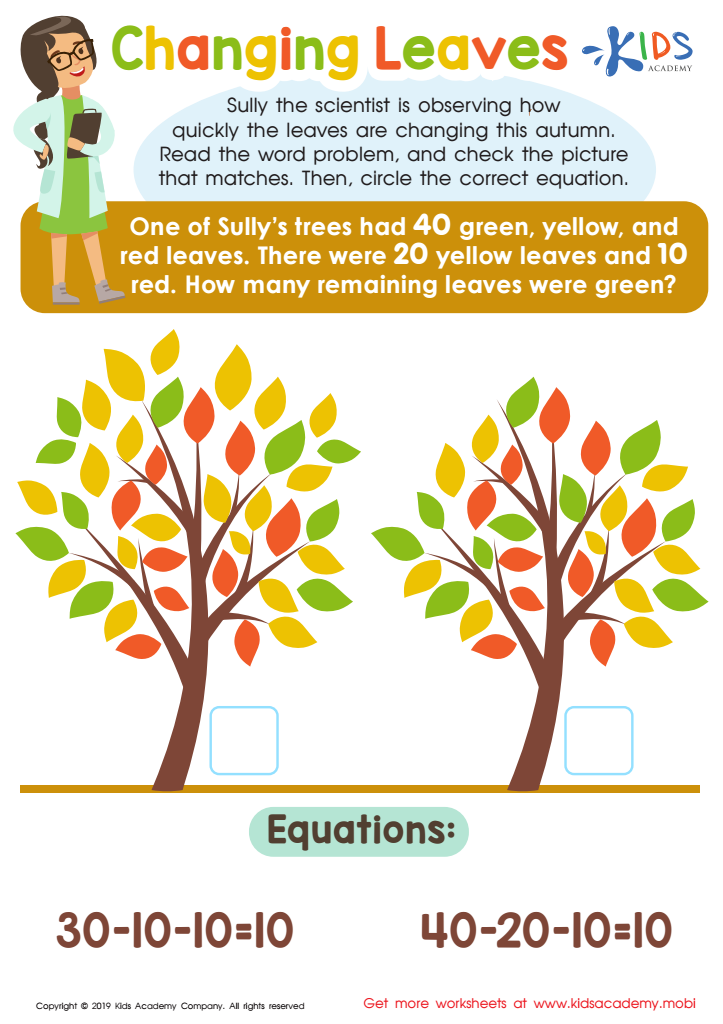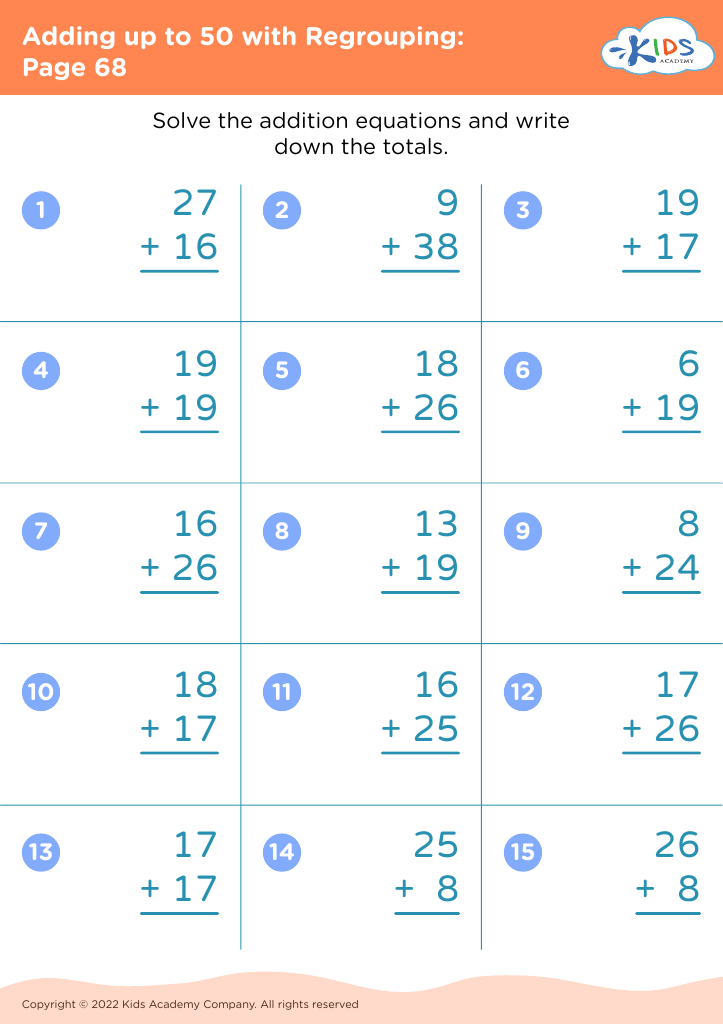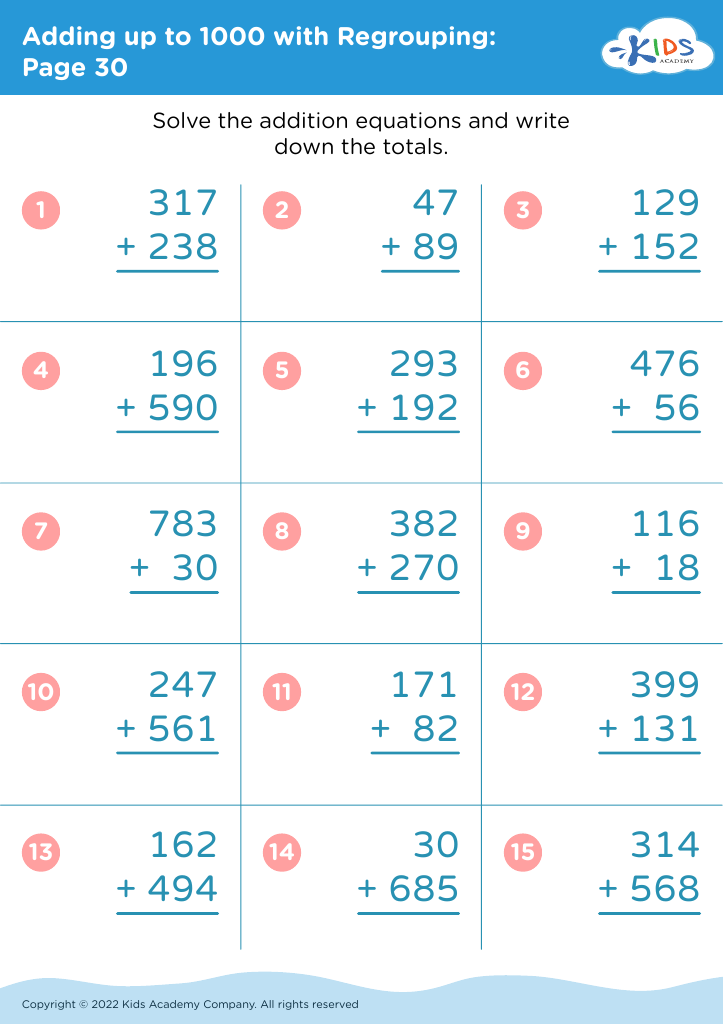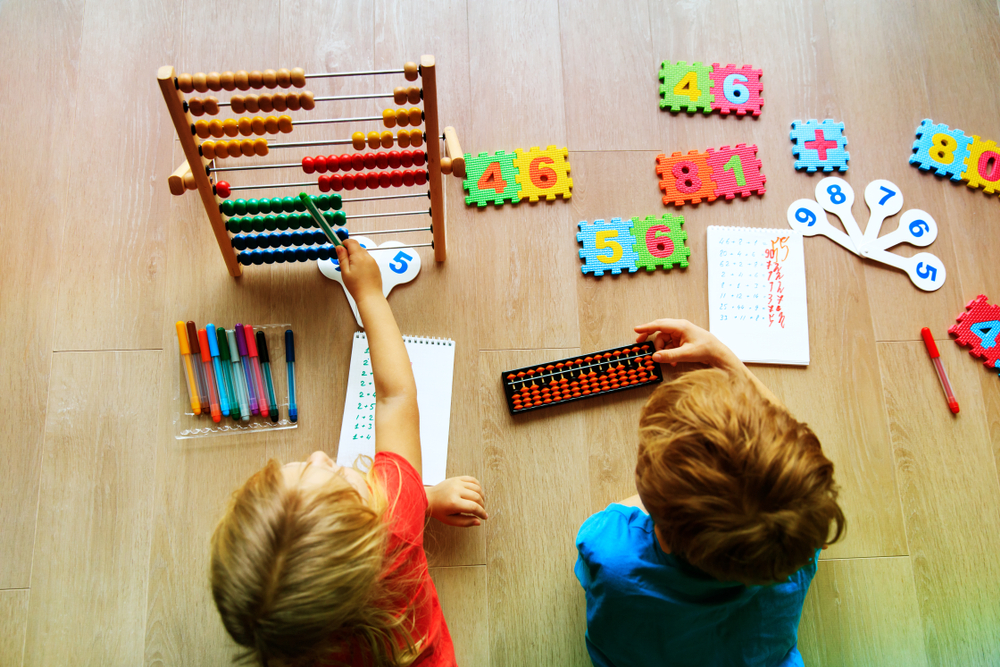Understanding seasons Math Worksheets for Ages 6-8
4 filtered results
-
From - To
Explore our engaging "Understanding Seasons" Math Worksheets designed specifically for ages 6-8! These worksheets blend seasonal themes with essential math skills, making learning fun and relatable. Children will practice counting, simple addition and subtraction, and recognize patterns through vibrant illustrations and context-rich scenarios inspired by the four seasons. Our resources aim to enhance critical thinking and problem-solving abilities while sparking an interest in nature. Perfect for homeschooling or classroom use, these worksheets provide varied activities that keep young learners excited about math. Download now to give your child a solid foundation in numeracy skills while they discover the beauty of each season!


Changing Leaves Worksheet
Understanding seasons is crucial for children aged 6-8, as it weaves together fundamental concepts of math, science, and daily life. For parents and teachers, cultivating this understanding helps children grasp essential mathematical skills like pattern recognition and data collection. Seasons present an excellent opportunity for hands-on learning—children can perform simple activities such as charting the temperature changes, tracking daylight hours, or counting the number of days in each season.
Moreover, these activities promote critical thinking as kids analyze seasonal patterns while developing their problem-solving skills. Understanding seasons also lays the groundwork for more advanced scientific concepts, such as climate change and ecosystems, reinforcing the connection between mathematics and the natural world.
Incorporating seasonal topics into lessons keeps children engaged and excited about learning. Not only does it cater to various learning styles—visual, auditory, and kinesthetic—but it also fosters a sense of curiosity and exploration in the classroom. For parents, supporting this learning at home through discussions and seasonal activities reinforces the importance of education in everyday life. Ultimately, understanding seasons equips children with valuable skills that extend beyond the classroom, preparing them for future academic and life experiences.


 Assign to My Students
Assign to My Students

















